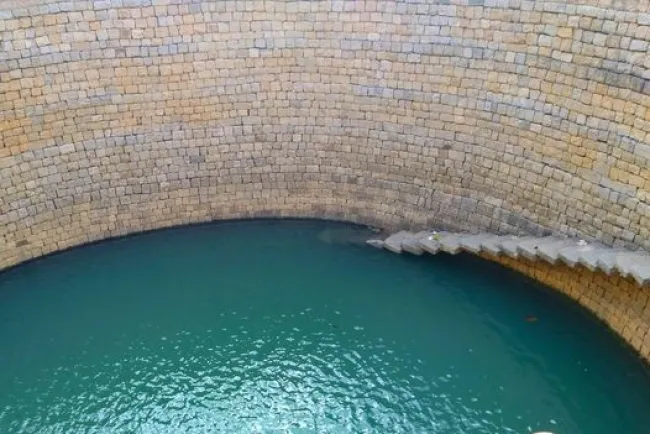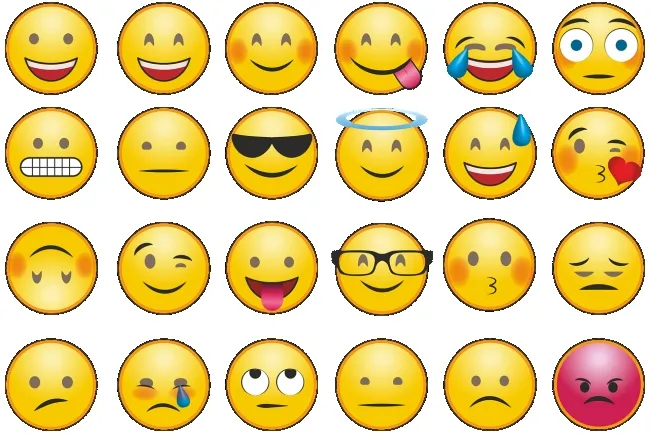From Military to Civilian Use: The Evolution and Impact of Drones...!!!
Drones, also referred to as unmanned aerial vehicles (UAVs), are aircraft that operate without a human pilot on board. These adaptable machines have quickly evolved from military applications to a wide array of civilian uses, revolutionizing industries and everyday life. Understanding the history, types, applications, and future potential of drones highlights their substantial impact on modern society.
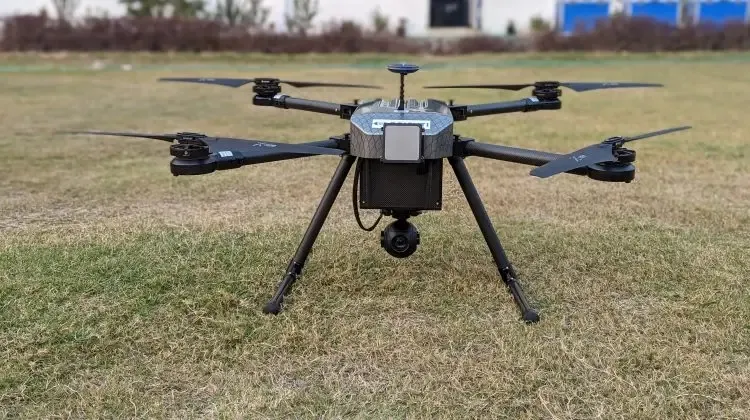
History and Development
The concept of unmanned flight dates back to the early 20th century, with the first successful use of UAVs for military purposes during World War I. However, drones didn't gain significant prominence until the late 20th century. The advent of advanced technologies such as GPS, miniaturized sensors, and enhanced communication systems has facilitated the widespread adoption of drones. Initially used for military reconnaissance and surveillance, drones have since expanded into numerous civilian and commercial applications.
Types of Drones
Drones come in various shapes and sizes, each tailored for specific purposes. The primary types of drones include:
-
Consumer Drones: These small, affordable drones are designed for recreational use. Equipped with cameras for aerial photography and videography, consumer drones are popular among hobbyists and enthusiasts. They are easy to operate and feature capabilities such as GPS stabilization, follow-me mode, and live streaming.
-
Commercial Drones: Used by businesses and professionals, commercial drones are more advanced and capable than consumer drones. They find applications in industries such as agriculture, construction, real estate, and filmmaking. These drones can carry specialized payloads, including high-resolution cameras, thermal sensors, and LiDAR (Light Detection and Ranging) systems.
-
Industrial Drones: Built for heavy-duty applications, industrial drones can carry larger payloads. They are utilized in sectors like mining, oil and gas, and infrastructure inspection. Industrial drones perform tasks such as mapping, surveying, and monitoring large areas, providing valuable data to improve efficiency and safety.
-
Military Drones: Developed for defense purposes, military drones are equipped with advanced technology for surveillance, reconnaissance, and combat missions. They can be armed or unarmed and are capable of long-endurance flights. Military drones play a crucial role in modern warfare by offering real-time intelligence and reducing the risk to human pilots.
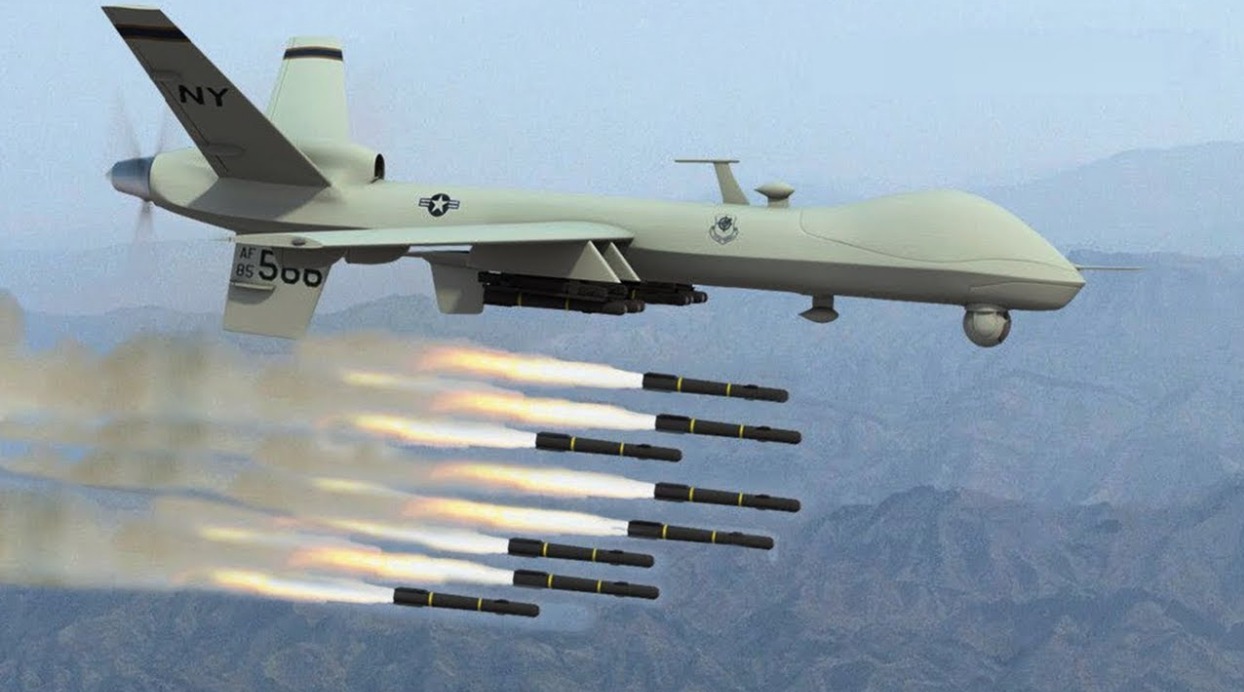
Applications of Drones
Drones have discovered numerous applications across various industries, transforming traditional processes and creating new opportunities:
-
Aerial Photography and Videography: Drones have revolutionized the way images and videos are captured, providing unique aerial perspectives that were once difficult and expensive to achieve. They are widely used in filmmaking, journalism, and content creation.
-
Agriculture: Drones in precision agriculture monitor crop health, assess soil conditions, and apply fertilizers and pesticides. They enable farmers to make data-driven decisions, increasing crop yields and reducing resource usage.
-
Delivery Services: Companies like Amazon and UPS are exploring drone delivery services to transport packages quickly and efficiently. Drones can reach remote areas and reduce delivery times, making them a promising solution for the logistics industry.
-
Infrastructure Inspection: Drones are employed to inspect bridges, power lines, pipelines, and other critical infrastructure. They access hard-to-reach areas and provide detailed imagery, enhancing safety and reducing inspection costs.
-
Emergency Response: Drones are valuable tools in disaster response and search-and-rescue operations. They quickly assess damage, locate missing persons, and deliver medical supplies to affected areas.
-
Environmental Monitoring: Drones monitor wildlife, track deforestation, and study environmental changes. They provide valuable data for conservation efforts and scientific research.
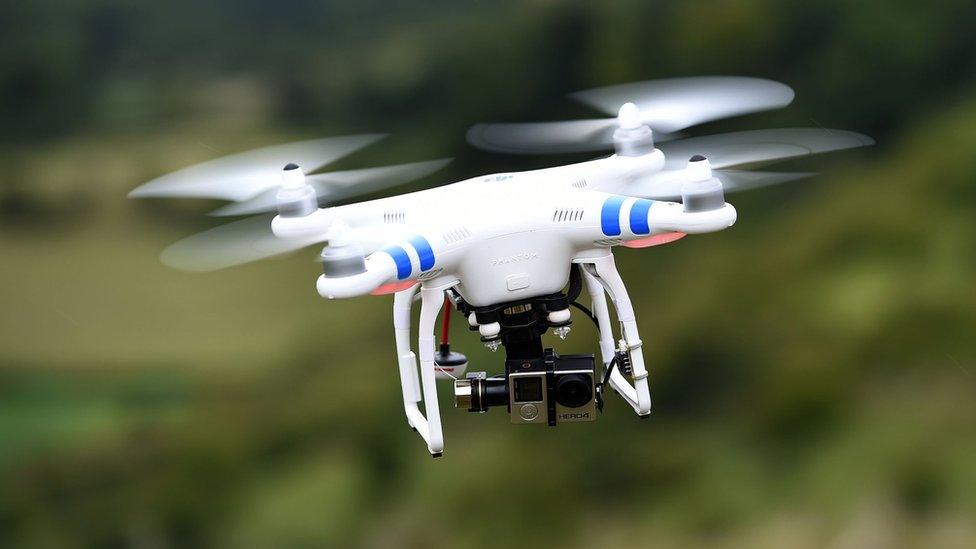
Future Potential
The future of drones is brimming with exciting possibilities. Advancements in artificial intelligence (AI) and machine learning are expected to enhance drone capabilities, enabling autonomous navigation, obstacle avoidance, and sophisticated data analysis. Drones will continue to play an essential role in smart cities by performing tasks such as traffic monitoring, air quality assessment, and public safety.
Furthermore, the integration of drones with the Internet of Things (IoT) will create interconnected systems that can communicate and collaborate seamlessly. This development will unlock new opportunities in areas like logistics, agriculture, and urban planning.
Drones have evolved significantly since their inception, transitioning from military tools to indispensable assets in various industries. Their ability to perform tasks efficiently, access remote areas, and provide real-time data has made them invaluable. As technology progresses, drones are poised to play an even more significant role in shaping the future, offering innovative solutions to complex challenges and improving the quality of life.
What's Your Reaction?








